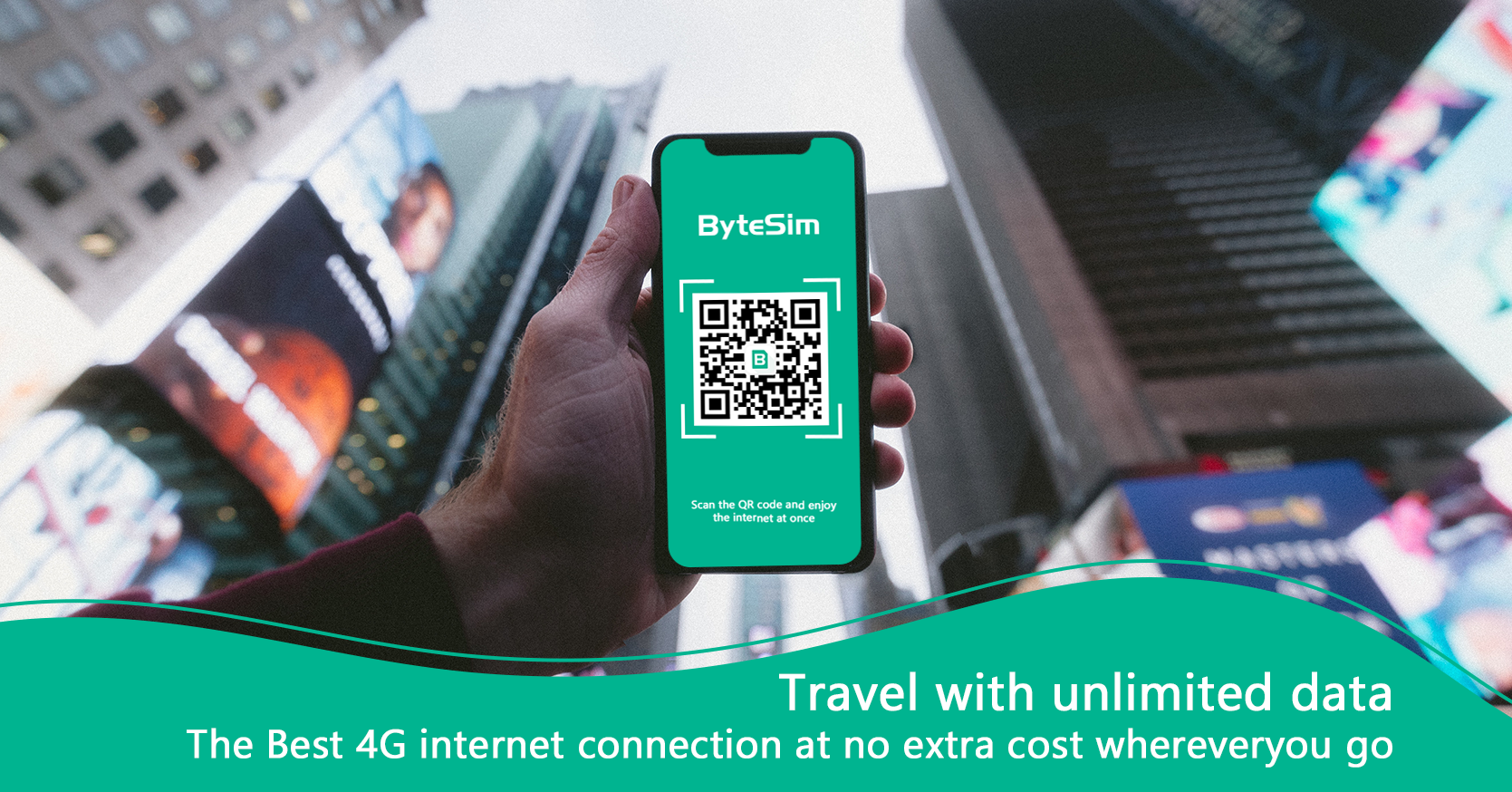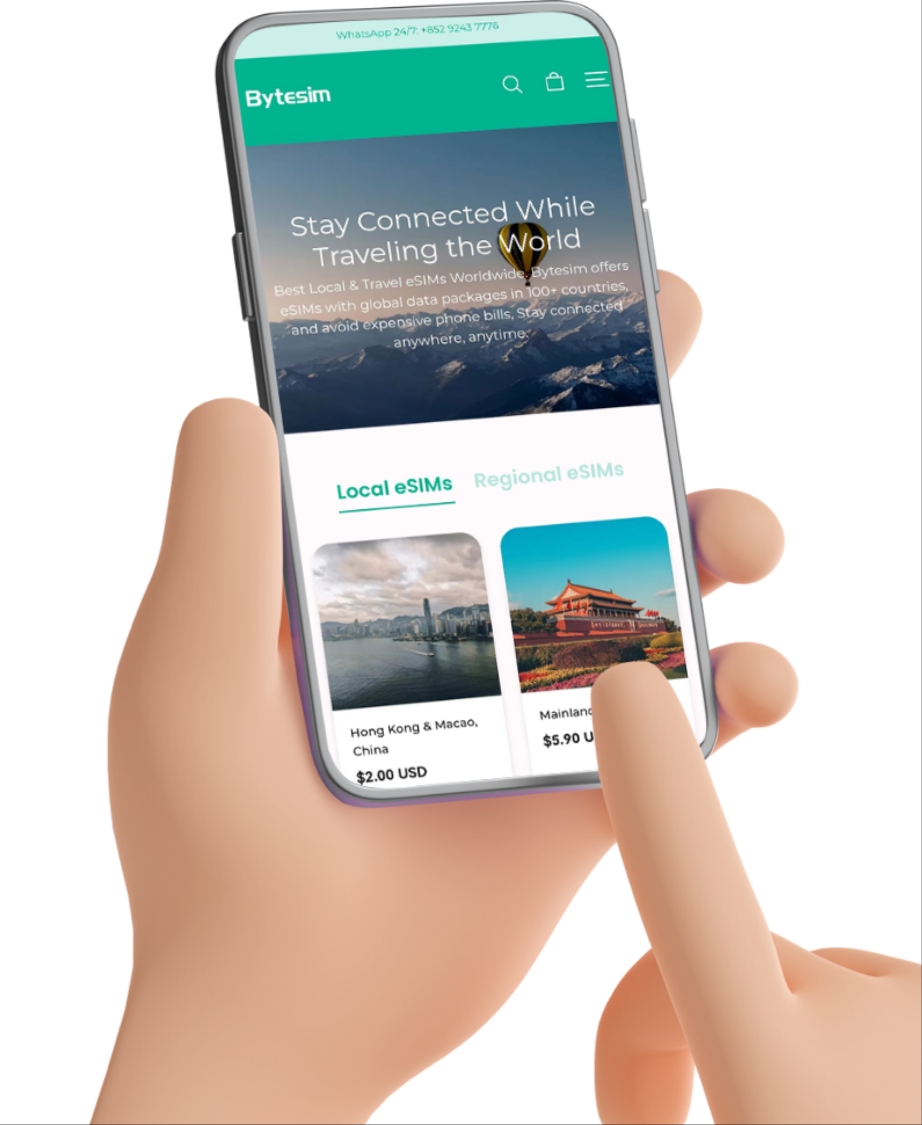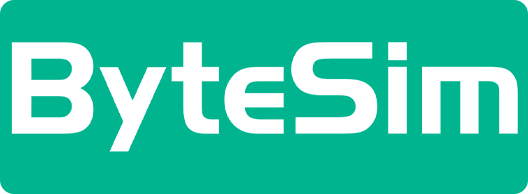eSIM vs iSIM: An Ultimate Comparison Guide
Aug 22,2023 | Tim
Definition eSIM - Embedded SIM iSIM - Integrated SIM Pros and ConseSIMiSIMCompatibility with Mobile Devices and CarrierseSIMiSIM Conlusion

Welcome to www.bytesim.com if you NEED an eSIM data plan while traveling around the world. This message is written in the name of ByteSIM.
Now, let's go ahead!
In the telecommunications world, technology is continually evolving, bringing forth numerous improvements to enhance the user experience. Two such progressive technologies are eSIM and iSIM. Both of these aim to make the connectivity process simpler and more flexible for users. But which one is better in comprehensive performances? That all depends.
So, today let's comprehensive comparison of eSIM and iSIM:
Definition
 Photo businessman holding different size smartphone sim card 3d rendering
Photo businessman holding different size smartphone sim card 3d rendering
Before we get started, we ALSO need to have a knowledge of "what is a SIM". Well, you know, based on the past, then you can keep your feet and stand higher.
A SIM (Subscriber Identity Module) is a small chip card that contains the unique information and data of a mobile phone user. It is inserted into a mobile device to connect the user to a specific mobile network and allows them to make calls, send messages, and access mobile data services. The SIM stores the user's phone number, personal contacts, and other data such as SMS messages and network preferences. It can also be easily transferred between different devices, allowing the user to switch phones while keeping their phone number and data intact.
eSIM - Embedded SIM
An eSIM or Embedded Subscriber Identity Module is a type of digital SIM card used in mobile devices like smartphones, tablets, and smartwatches. Instead of a physical card or chip, the eSIM is embedded directly into the device's circuitry during manufacture. It carries out all the conventional SIM card functions, identifying the user's mobile account to their network provider.
iSIM - Integrated SIM
iSIM or Integrated SIM technology takes the eSIM concept a step further. It aims to embed the SIM functionality directly into the device’s main chipset (System on Chip - SoC) or even into the processor itself. This integration makes the SIM a part of the device's secured hardware, eliminating the necessity of an additional standalone processor that we see in eSIMs.

Pros and Cons
eSIM
Pros:
-
Space Saving: The absence of a physical slot conserves space, allowing manufacturers to design sleeker devices or additional components.
-
Flexibility: Users can swiftly switch between carriers and plans without needing to change the physical SIM card.
-
International Travel: The eSIM is perfect for regular travelers as it can virtually switch between different profiles without the hassle of buying local SIM cards.
Cons:
-
Device Dependence: If a device with an eSIM is damaged, you cannot simply take the card out and transfer it. You will require a full device replacement or repair.
-
Compatibility: Although growing, not all carriers support eSIM globally.
iSIM
Pros:
-
Space Efficiency: iSIM technology is even more compact than eSIM, enabling even more space-saving on devices.
-
Increased Security: With iSIM, the SIM is integrated into the mobile device’s chipset, meaning high levels of security for the device and user data.
-
Cost-Effective Manufacture: Since the necessity for an additional processor is eliminated, the manufacturing process can be more cost-effective.
Cons:
-
Limited Support: iSIM technology is still relatively new, and the current number of devices and carriers that support iSIM is limited.
-
Difficult Transition for Manufacturers: Implementing this technology into SoC would mean significant changes to the manufacturing process.
Compatibility with Mobile Devices and Carriers
If you are wondering 1. whether your mobile devices are compatible with an eSIM , OR 2. how many carriers are supporting eSIM services around the world in 2023, just click on them.
eSIM
eSIMs are increasingly compatible with newer smartphone models from brands such as Apple, Google, and Samsung(click here if you want to know more details on How to Set up an eSIM ) For instance, the iPhone Xs and all models released afterward have eSIM capability. Numerous carriers worldwide are also extending their support for eSIMs, providing digital eSIM provisioning through their mobile apps or websites.
iSIM
As iSIM technology is still emerging, it's not as widely adopted as eSIM. It is predicted to be implemented in the next generation of IoT (Internet of Things) devices, such as connected cars, smart home devices, and wearables. However, it may take more time before we see it commonly used in smartphones.
According to foreign media sources, in the eSIM and iSIM environment, users do not need to change SIM cards when changing carriers, which is particularly convenient for international roaming.
Research by Kaleido Intelligence shows that the iSIM card market share is expected to grow to 300 million by 2027, accounting for 19% of all eSIM card shipments. Counterpoint analysts said that Samsung and Apple are likely to follow iSIM technology, and there will be a large number of devices equipped with iSIM in the next decade.
Conlusion
In conclusion, while both eSIM and iSIM provide the same core functionality, they represent different stages in the evolution of SIM technology. eSIMs are more practical and applicable in the current market, while iSIMs represent a peek into the future of seamless and secure device connectivity.
We expect SIM technology to continue evolving, making our devices thinner, faster, more autonomous, and more secure. Hence, the key for consumers is to stay informed about these emerging technologies and how they could impact the selection and functionality of their future devices.
ByteSIM Core Competencies:
Operating Data and Capabilities Showcase
Data Traffic Per Day 45TB+
Users Totally Per Year 5M+
Global Distributors and Channels 100+
Entreprise Customers 30+




